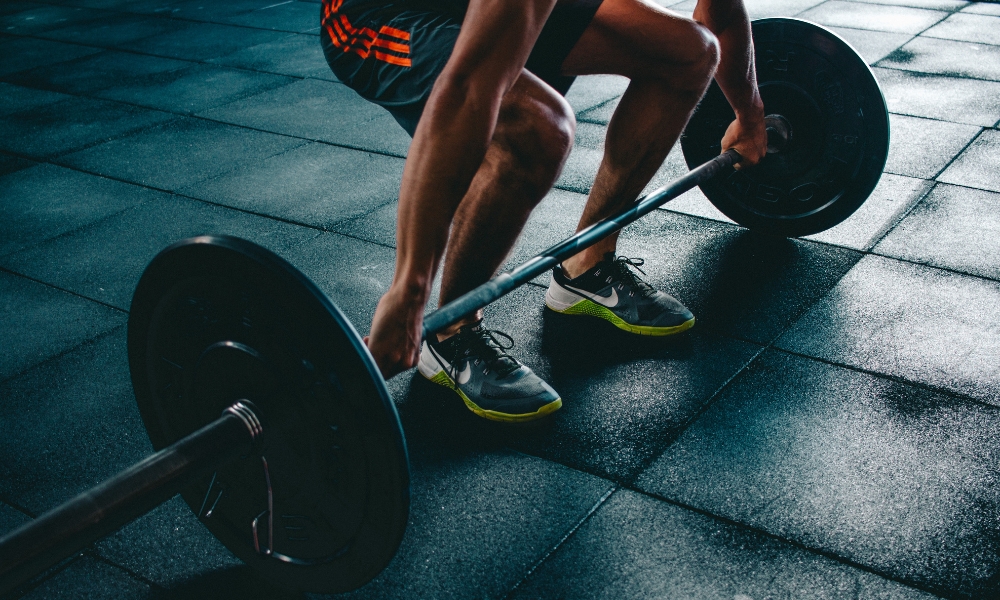
How to Improve Strength and Flexibility
Improving strength and flexibility is essential for overall physical health and well-being. These two fitness components complement each other and contribute to better posture, reduced risk of injury, and enhanced daily functioning. Here are practical steps to help you boost your strength and flexibility:
1. Set Clear Goals
- Define Your Objectives: Determine what you want to achieve, whether it’s building muscle, increasing flexibility, or improving overall fitness.
- SMART Goals: Make your goals Specific, Measurable, Achievable, Relevant, and Time-bound. For example, aim to perform a full split or lift a certain weight within a set timeframe.
2. Incorporate Strength Training Exercises
- Weightlifting: Use free weights or machines to perform exercises like squats, deadlifts, bench presses, and rows. Start with lighter weights and gradually increase the load.
- Bodyweight Exercises: Incorporate exercises such as push-ups, pull-ups, planks, and lunges. These are effective for building strength without the need for equipment.
- Resistance Bands: Utilize resistance bands for exercises like bicep curls, tricep extensions, and leg presses. They are great for strength training and adding variety.
3. Include Flexibility Training
- Static Stretching: Perform static stretches by holding a stretch for 15-30 seconds. Focus on major muscle groups such as hamstrings, quadriceps, calves, and shoulders.
- Dynamic Stretching: Incorporate dynamic stretches like leg swings, arm circles, and torso twists into your warm-up routine to prepare your muscles for activity.
- Yoga and Pilates: These practices enhance flexibility and strength through various poses and movements that stretch and strengthen muscles simultaneously.
4. Practice Consistency
- Regular Workouts: Aim to work out at least three to four times a week. Consistency is key to seeing improvements in both strength and flexibility.
- Mix It Up: Alternate between strength training and flexibility exercises to keep your routine balanced and engaging.
5. Warm Up and Cool Down
- Effective Warm-Up: Start each workout with a 5-10 minute warm-up to increase blood flow to your muscles. This can include light cardio and dynamic stretches.
- Cool Down: End your workout with a cool-down session that includes static stretching to enhance flexibility and reduce muscle soreness.
6. Focus on Proper Form
- Correct Technique: Always prioritize proper form over lifting heavier weights or stretching further. Incorrect form can lead to injuries and impede progress.
- Use Mirrors: Use mirrors or record yourself to check your form and make necessary adjustments.
7. Gradually Increase Intensity
- Progressive Overload: Gradually increase the weight, resistance, or difficulty of your exercises to continuously challenge your muscles and improve strength.
- Stretch Further: Gently push yourself to stretch a bit further as your flexibility improves, but avoid overstretching to prevent injuries.
8. Listen to Your Body
- Rest and Recovery: Allow adequate time for your muscles to recover. Include rest days in your routine and get enough sleep to support muscle repair and growth.
- Avoid Overtraining: Pay attention to signs of overtraining, such as persistent soreness, fatigue, or decreased performance. Adjust your routine accordingly to avoid burnout.
Integrating Strength and Flexibility Training into Your Lifestyle
Balanced Routine
- Combine Workouts: Integrate strength and flexibility exercises into a single workout session or alternate them on different days.
- Full-Body Approach: Ensure your routine targets all major muscle groups and includes a mix of exercises for balanced development.
Stay Motivated
- Track Progress: Keep a journal of your workouts, noting improvements in strength and flexibility. Celebrate your milestones to stay motivated.
- Find a Workout Buddy: Exercising with a friend can make workouts more enjoyable and keep you accountable.
Healthy Lifestyle Choices
- Nutrition: Eat a balanced diet rich in protein, healthy fats, and carbohydrates to support muscle growth and recovery.
- Hydration: Stay hydrated to keep your muscles functioning optimally and reduce the risk of cramps and injuries.
Improving strength and flexibility is a rewarding journey that enhances your overall physical health. By following these practical steps and integrating them into your daily routine, you can achieve a balanced, fit, and flexible body
Remember to stay consistent, listen to your body, and enjoy the process of becoming stronger and more flexible.




